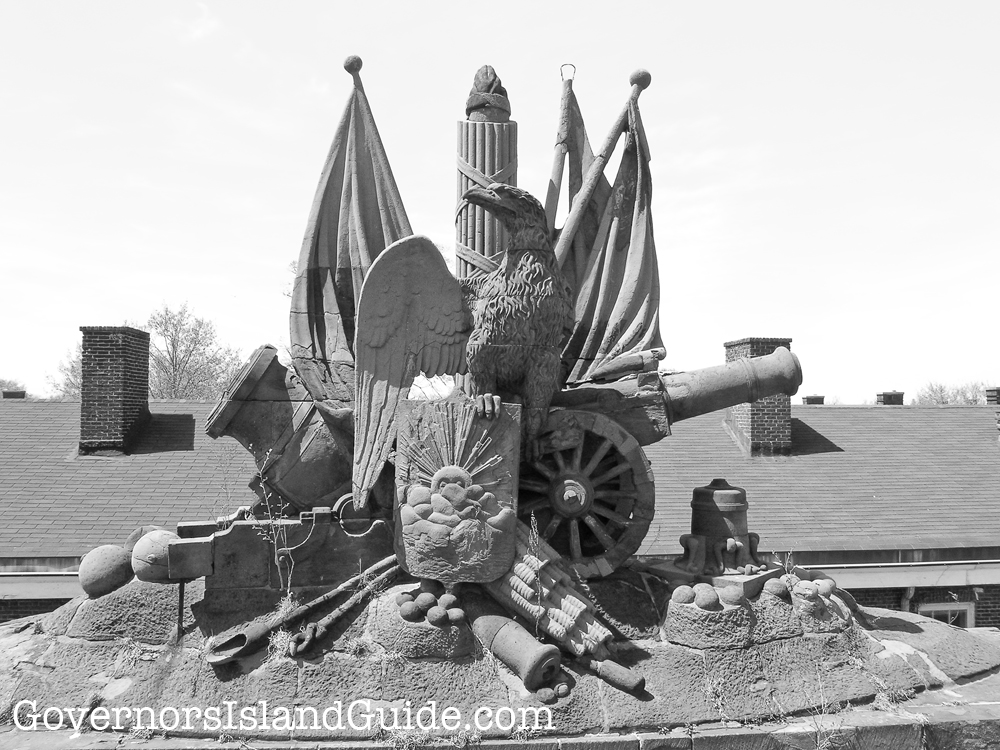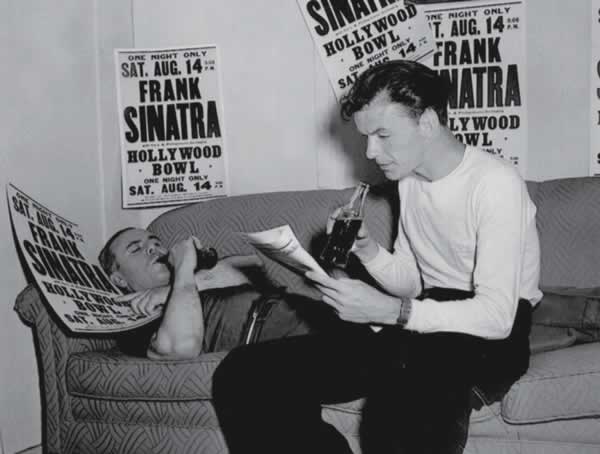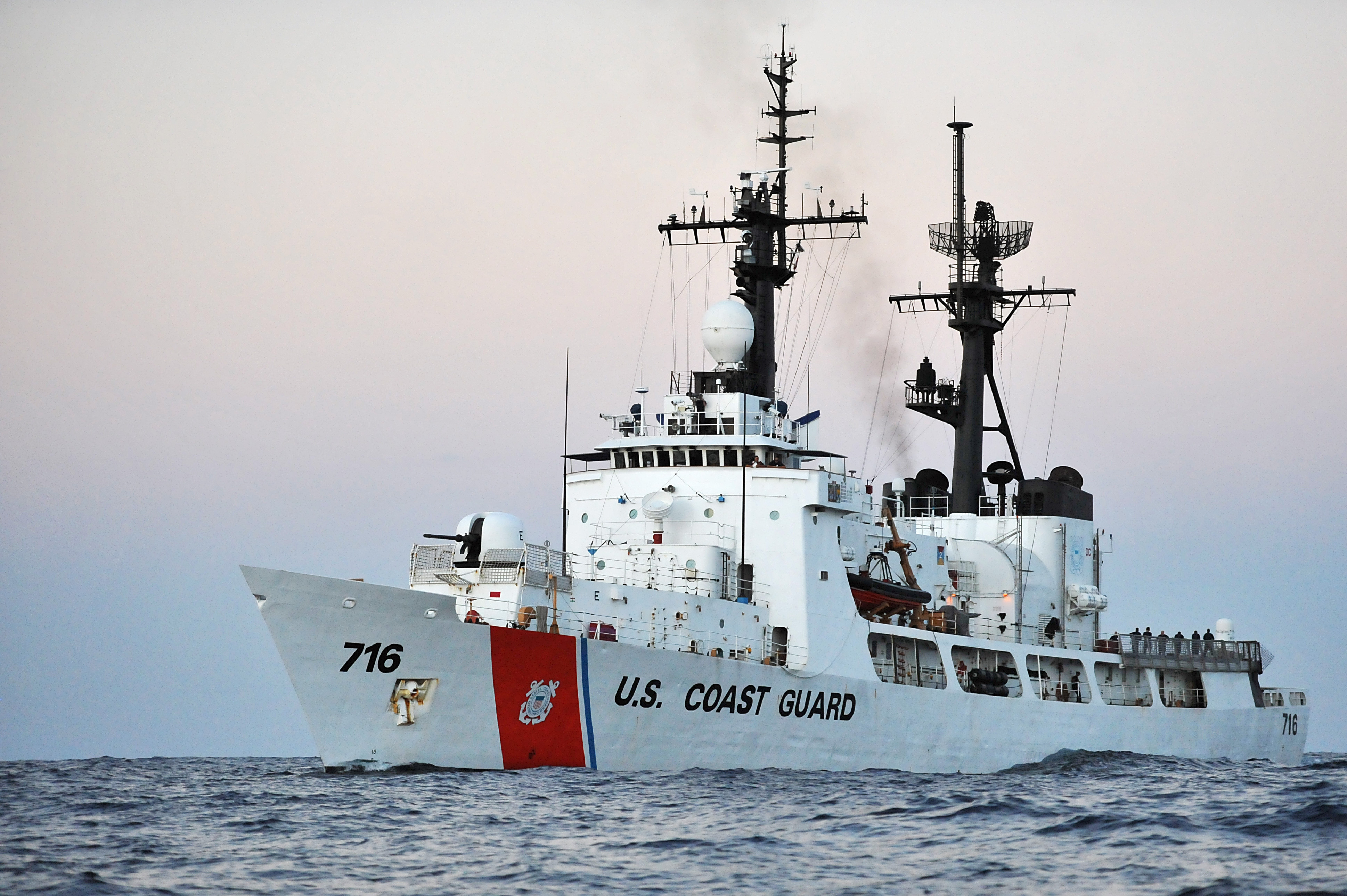
50th Anniversary of Coast Guard Change in Ownership
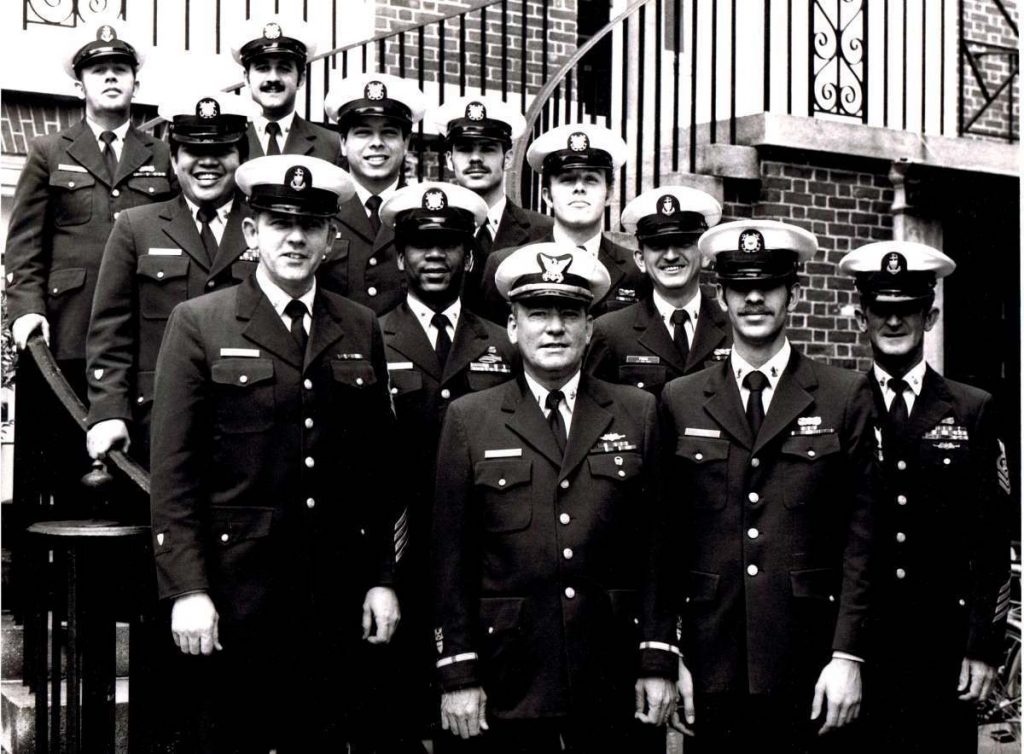
Fifty years ago today on June 30, 1966, the U.S. Army turned over Governors Island to the Coast Guard. This step was the beginning of the final chapter in the military use of the Island, and set the stage for New York to get a public park more than thirty years later.
In 1964 the Army announced that its role on Governors Island would cease, and elected to leave the Island. It would consolidate First Army and other units at Fort Meade, Maryland. The expense of maintaining structures from the 19th Century, and vast landscaping, proved to be too great for the service. The staff relocated service personnel and families off the Island. It packed up many Army mementos as well.
The Army handed over the keys to Governors Island in a ceremony at the Chapel of St. Cornelius the Centurion, the limestone landmark that still stands on the edge of Nolan Park. The organist performed “Onward Christian Soldiers” as the uniformed officers and enlisted members paraded in. The service flags were exchanged; at one time the chapel had more than a dozen Army flags and souvenirs hanging inside. Soldiers climbed on top of Fort Jay and fired one of the vintage Rodman cannons. Unfortunately, too much of a loud thing caused the windows in Building 110 to shatter and the grass around the fort caught fire from the hot gun’s wadding. While the fire company extinguished a small brush fire, the ceremonies continued.
The Coast Guard went about remaking the Island to suit its needs. It was the largest Coast Guard base in the world. The service placed anchors where cannons once stood. In 1968 the base at St. George on Staten Island transferred operations to the Island. Vessel Traffic Services (VTS) New York operated from Governors Island to monitor harbor traffic; the VTS system operated here until the service left.
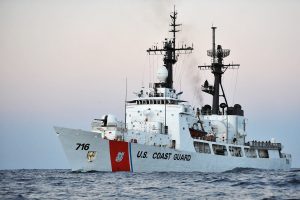
The Coast Guard was involved in heroic and dangerous rescue missions countless times from Governors Island. Some of the most important were the 1973 rescue of 64 crewmen in a collision between the container ship Sea Witch and tanker Esso Brussels off Brooklyn. In 1993 the Rockaway Beach disaster of the Chinese smuggling ship Golden Venture plunged more than 300 passengers into the surf, with Coast Guard and NYC emergency services rushing to the rescue.
For barracks and training, the Coast Guard used Liggett Hall as both housing and classrooms. It moved training center schools from Groton, Connecticut, in 1967. Basic and advanced courses were taught here such as damage control, electronics, search and rescue, store keeping, navigation aids, and telephone repair. In 1967 a new wing was built for barracks and staff housing.
Pershing Hall, which was once home to First Army, became the home to the Office of the Commander, Atlantic Area. All of the administration buildings were repurposed, while several dilapidated buildings were razed. Among them was a guesthouse, on the edge of the Parade Ground, which was replaced by a Super 8 Motel.
But while the Coast Guard adapted the Island, it became a small town for service members and their families. It had a large commissary, a Post Exchange (the PX was combination department and electronics store). A new school was built in 1972 (after it was demolished, its time capsule can still be found on Liggett Terrace). Apartments were constructed on the south end and overlooking Buttermilk Channel.
For the families on the Island, living on Governors Island was a special place. More than thirty years later they remember the time fondly, and some have come back recently to tour their former homes.
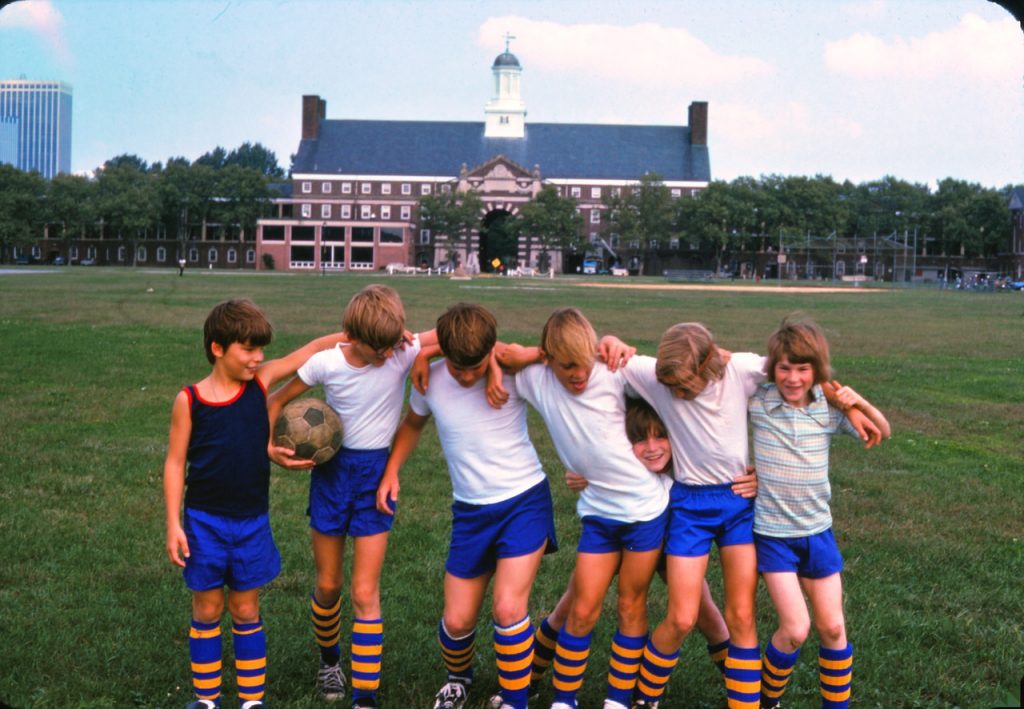
“Why I loved living there, let me count the ways!” said Joseph Discenza, from Florida. His family lived on the Island in two stretches from 1971 to 1980, with their last residence in Quarters 20 on Nolan Park. Joseph lived on the third floor, and recalls that his family was required to mow the grass around the house! He said he could “Ride my bike anywhere safely. Tons of kids my age. Golf in the summer, sledding in winter just a few minutes from my door. And best of all, Manhattan just a ferry ride away (the last year, I could go by myself and visit my best friend, riding the subway to museums and kung fu flicks).”
Melinda Palmer now lives in Alaska. Her father, Curtis Whaley, worked on ferry maintenance and her mother Debbie worked in the Exchange. “We lived there from 1991 to 1996,” she said. “We lived in New Brick Village. I loved living on the Island for the rich history. The people were so diverse, laid back, and genuine. Some of the last memories I have of my brother, Jason. He passed away on May 18, 1996, after doing recruiters assistance stationed at Moody AFB in Valdosta, Georgia. He was 18. I also loved the friendships I made while there. I am still in contact with most of them 20 years later.”
“I loved living there because it was pretty self-contained, the kids had a lot of freedom because it was so safe,” said Terri Bertagnoli McCammon of Illinois, who was on the Island from 1990 to 1993. “I worked in Midtown and got to come home to the peace of the Island each night. The best of both worlds. Unless you lived there, you’d never understand what a great place it was.”
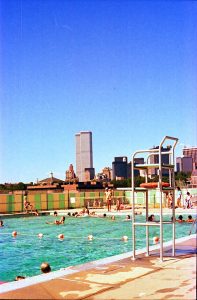
Gina Cantatore now lives in Washington State, but her family moved to Governors Island in 1987. “My family, the Cantatore’s, had multiple residences on the island, and most memorably, we were some of the first to move into Liberty Village. From my bedroom window looking left, I saw the Statue of Liberty. Looking to the right, I viewed the twin towers. I grew up with easily the best view in all of New York. Just one of many glorious memories.”
It was the Coast Guard who pushed for landmark status for the Island in the 1980s. It was also the service’s work to maintain and preserve the historic structures that allow them to be used today. If you’ve ever been to Fort Hancock on Sandy Hook, New Jersey, some of those Army structures are from the same era and construction as those from Fort Jay. But when the Army abandoned Fort Hancock in the 1970s, they fell into disrepair and are now wrecked.
The Coast Guard still has a presence in New York Harbor. It’s footprint may be smaller, but the legacy it left on Governors Island is a big one.
